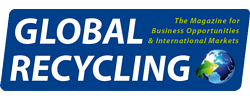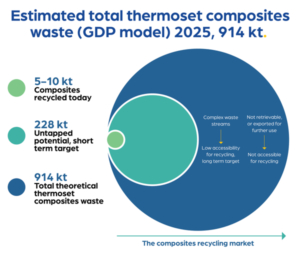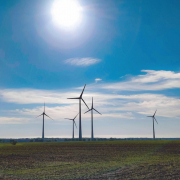Europe’s Composite Recycling Market and its Potential
As the amount of composite waste generated in Europe is not officially monitored, the European Composites Industry Association (EuCIA) has collaborated with its members and partners to estimate the potential size of the composites recycling market.
While the quantity of composite waste is small compared to plastics, aluminum, and other popular materials, Europe’s transition to a circular economy makes sustainable waste management essential. To inform policy development and infrastructure planning, EuCIA has estimated the volume of thermoset composite waste accessible for recycling. This data will also support the activities of the new European Circular Composites Alliance (ECCA), the association underlined in a press release.
The effective management of end-of-life (EoL) composites requires accurate data on the waste volumes. However, the amount of composite waste generated in Europe is not officially monitored. EuCIA has therefore been collaborating with its members and partners to estimate the potential size of the composites recycling market. The association has developed a model based on the gross domestic product (GDP) of European countries, predicting a total volume of thermoset composites waste of about 914,000 tons in Europe in 2025.
“In reality, the situation is more complex and the volume currently accessible for recycling is much lower for several reasons:
- Some composite components (e.g. wind turbine blades) are exported for reuse outside of Europe.
- In many cases, composite parts are embedded in infrastructure that cannot be easily retrieved for recycling, such as underground pipes and tanks.
- Collection and sorting systems tailored to recycling composites are limited and therefore a large number of end-of-use composite products are not collected.”
As reported, EuCIA therefore conducted a deeper analysis per market, taking into account several factors, including the existence of established collection and recycling routes. This indicates that the actual volume of thermoset composite waste accessible for recycling is likely to be around 228,000 tons in 2025, approximately 25 percent of the theoretical amount predicted by the GDP waste model. “Of this, we estimate that currently a maximum of five percent is being recycled,” the association informed. “These figures clearly show an untapped resource that could potentially be returned to the value chain. Exploiting this opportunity will require building a robust European value chain and infrastructure to enable reuse and recycling of composite materials. Longer term, establishing systems to enable more widespread collection and sorting of composite waste will be key to fully realizing a circular economy for composite materials.”
Further information, including estimates of the size of the composites waste streams generated by different market sectors, is available in the new publication Reimagining end-of-use composites as a new resource (eucia.eu/wp-content/uploads/2025/07/Reimagining-end-of-use-composites-as-a-new-resource.pdf).
Mobilizing investment into recycling
According to EuCIA, this waste data will be input into the activities of the new European Circular Composites Alliance (ECCA), “which aims to identify and resolve the legal, economic and technical barriers to composites recycling”. The alliance would recommend essential policy updates, such as the creation of dedicated waste codes for EoL composites, to enable the scaling up of sustainable composites recycling solutions. It would also promote the building of markets for secondary (recycled) composites.
“The ECCA is a sectorial alliance of EuCIA, launched in partnership with JEC in March 2025”, the association informed. “All stakeholders are invited to join the alliance to drive collective action and build a circular and competitive future for Europe’s composites industry.”
As per Raphaël Pleynet, EuCIA’s Managing Director, the collaboration of Europe’s composites stakeholders is essential for achieving the full circularity of composite materials. “ECCA members will commit to this goal, working together to fully establish the circular economy for composites by implementing strategies for greater reuse, repair, repurposing, and recycling, and setting and delivering on targets for the recycling of existing products.”
Stakeholders across the composites value chain can join the European Circular Composites Alliance by signing the declaration.
(Published in GLOBAL RECYCLING Magazine 3/2025, Page 7, Source: EuCIA)





